It's important to consider watermelon companion plants when planning your garden layout. Learn which are the best and which plants you should avoid planting near your melons in order to get the most benefit from your crop!
Watermelon is a sweet and juicy warm-season fruit that grows on a vine. The fruit is round or oval and the flesh can be white, yellow, pink or red when ripe. Nothing tastes like summer more than eating watermelon on a sunny day!
Watermelon is a vining plant that grows up to 6 meters (20 feet) long. The fruit ranges in size from 5 to 20 lbs, or larger. The watermelon's large, deep green leaves and vining habit make it a target for pests, such as aphids and cucumber beetles.
Watermelons need full sun for fruit set; they will not produce good yields in shaded areas.
Bush watermelons like Sugar Baby or Yellow Doll are much more compact in size than other fully vining varieties but don't let that fool you, the size of the fruit is not determined by the size of the plant!
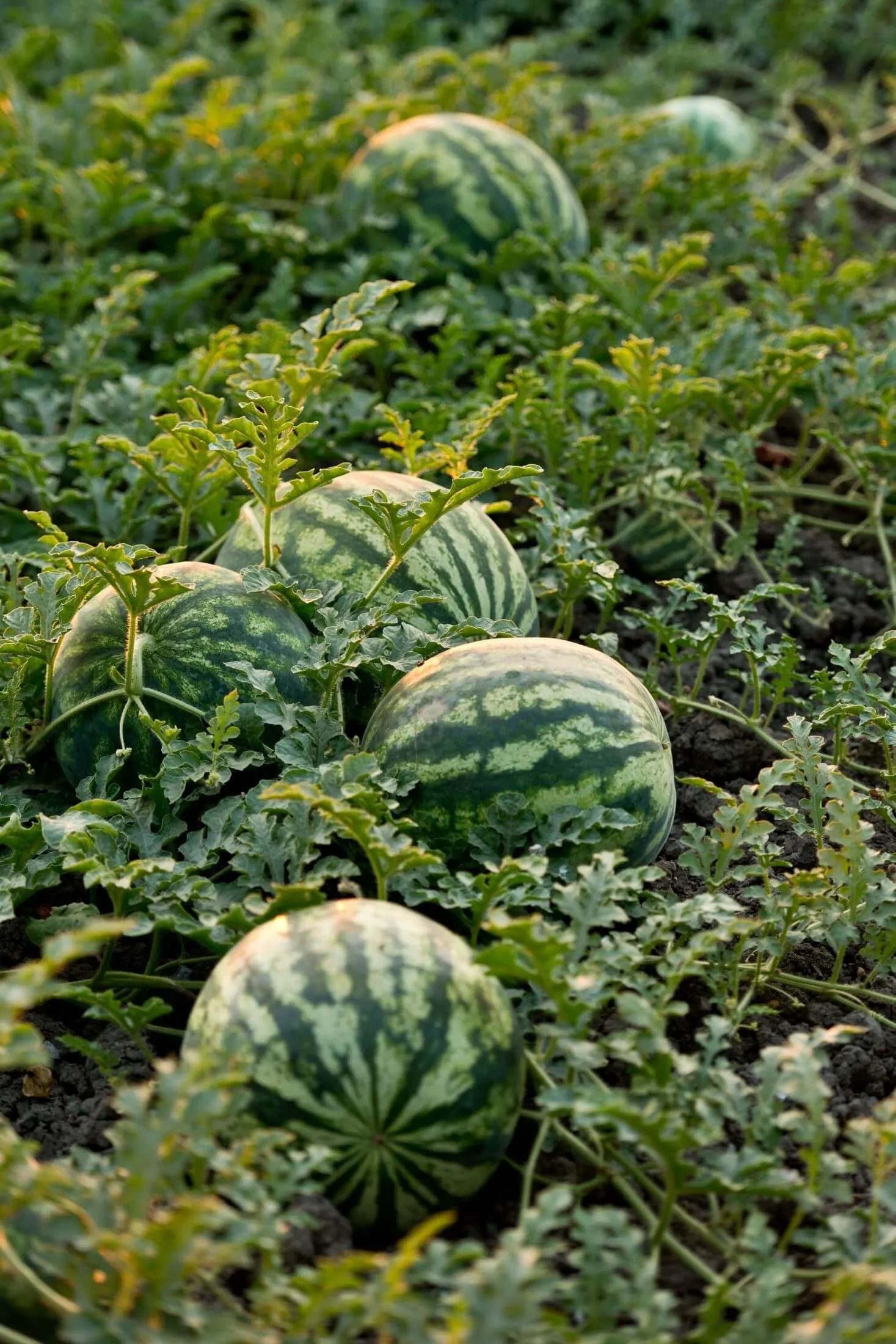
As an Amazon Associate I earn from qualifying purchases.
Jump to:
What Is Companion Planting?
Companion planting is the intentional planting of two or more plants in close proximity to each other for mutual benefit. Companion plants can help improve soil quality, cycle nutrients, deter pests, and attract beneficial insects. Using companion plants in your garden can help to improve yields, and reduce the need for pesticides and fertilizers.
This year, I'll be planting my watermelons in the food forest to help create ground cover and give them the space they need to spread their wings!
Not all companion plants need to be interplanted with watermelons to offer the same effectiveness. Many companion plants can be planted along the edge of the garden plot or placed in the garden in containers without diminishing their plant superpowers.
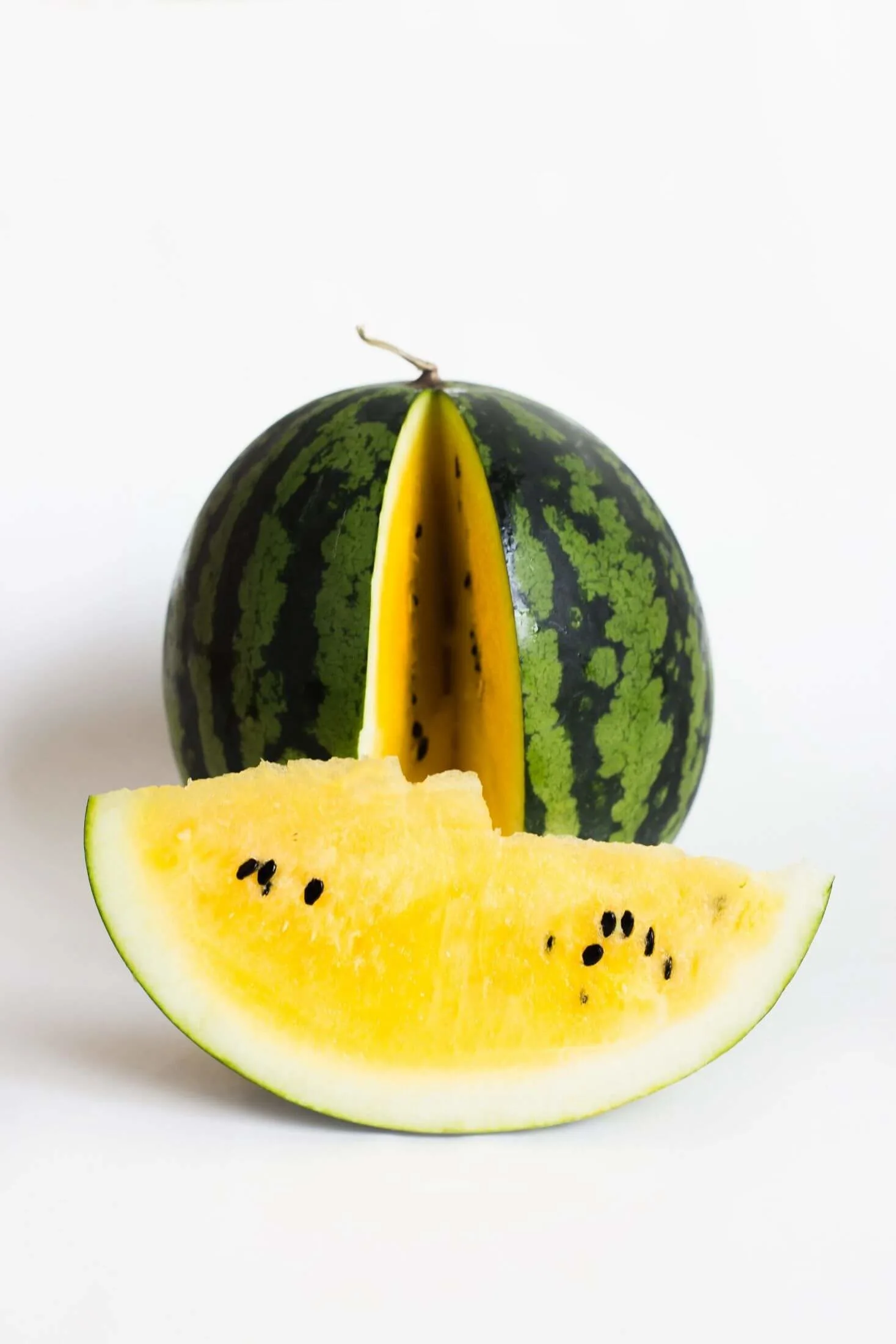
Best Watermelon Companion Plants
Alliums
Alliums like onions, garlic, chives, and more can help to repel watermelon's natural predator - the aphid! These fragrant plants also help to deter larger pests, like foraging rodents and deer.
As an added bonus, most alliums have a compact growth pattern that is unlikely to shade the sun-loving watermelon plants.
Avoid using alliums if you're planting a legume in the same vicinity, as they don't play nice together!
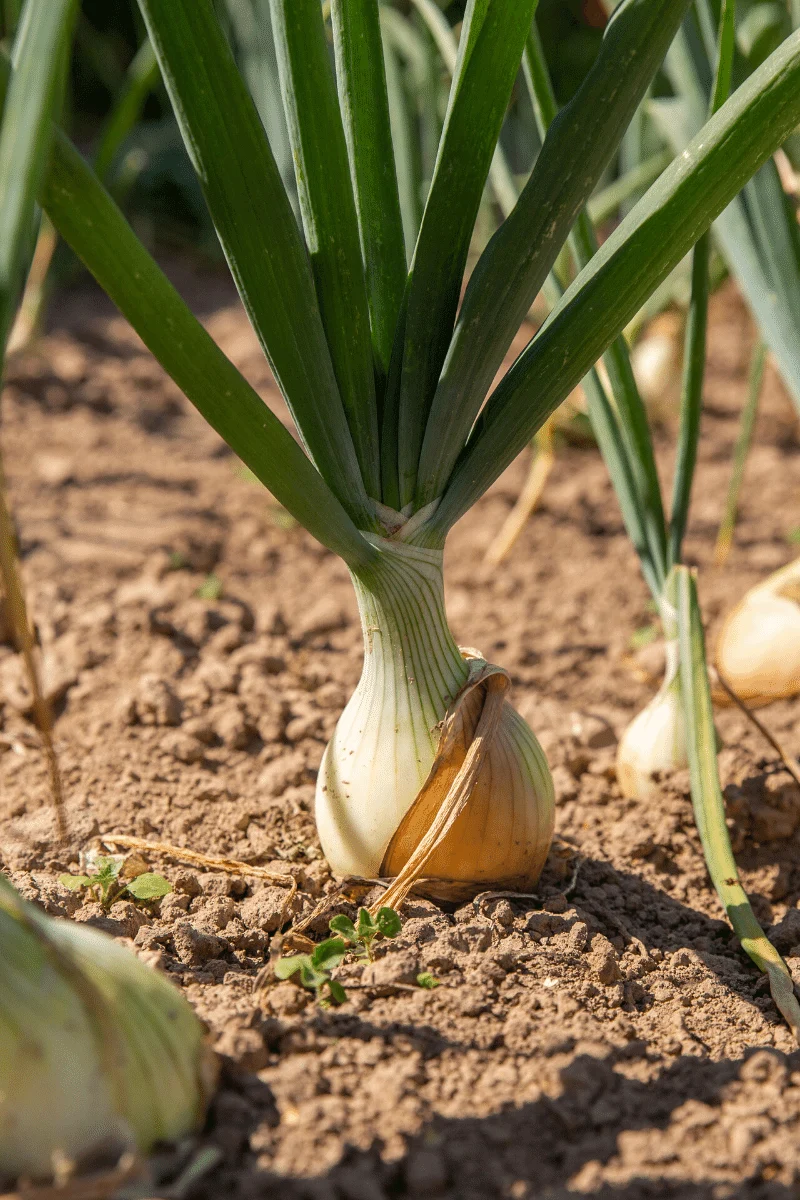
Basil
Basil is a great companion for watermelons because it helps to repel whitefly, which can be a major pest of watermelon plants.
Basil and watermelon is a companion pair that confirms the "if they taste good together - they grow good together" theory!
Other herbs like oregano, mint, and tansy make great companion plants for watermelons. They are all fragrant plants that help to repel pests that want to feed on your tasty watermelon! Many herbs have a compact growth habit, so they won't shade the watermelon vines during the growing season.
Some herbs, like catnip and mint, can be invasive, so be sure to plant them in a container if you're not wanting them to take over your garden!
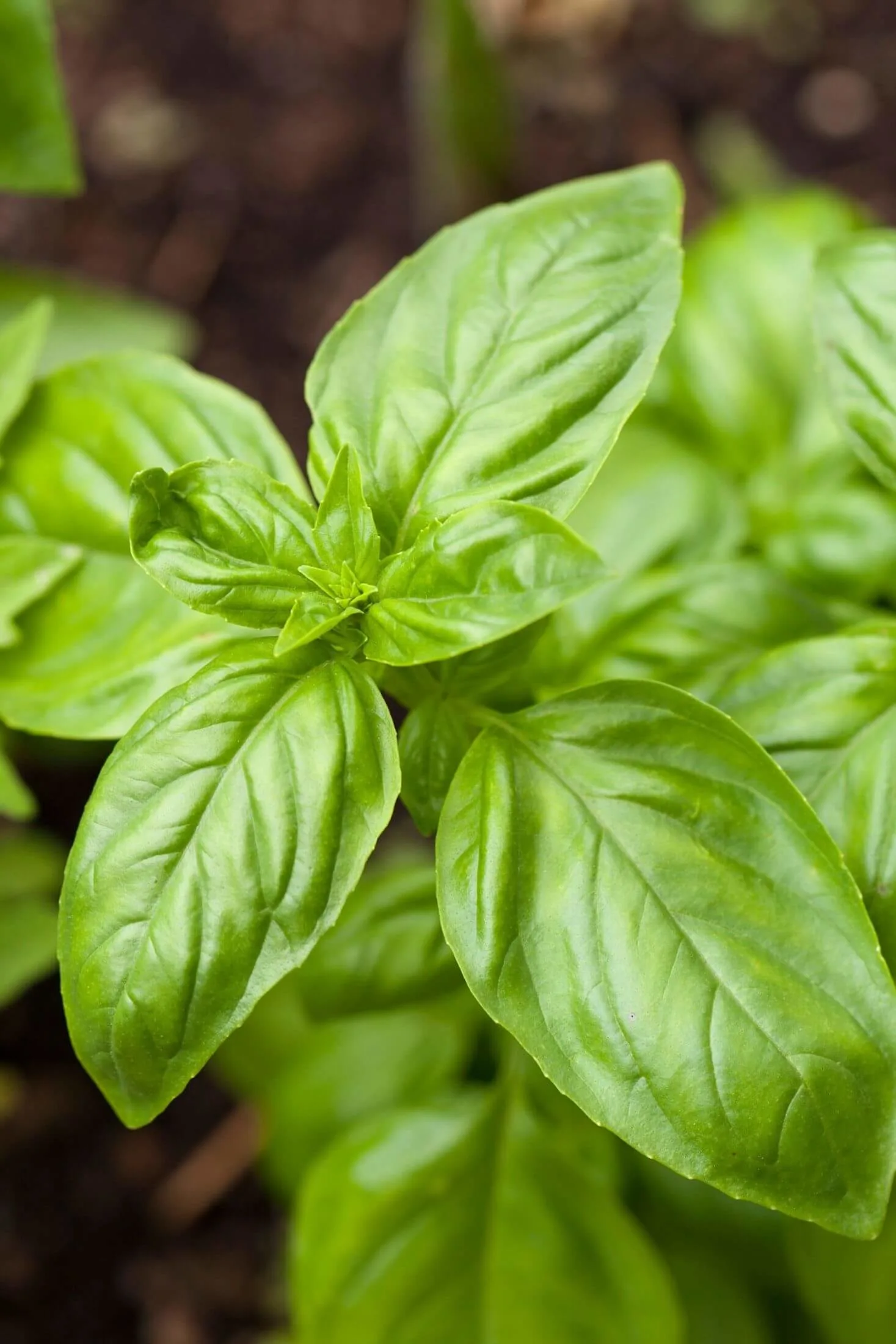
Bush Beans:
Bush beans, and all legumes, are real rockstars in the garden! Their ability to fix atmospheric nitrogen into the soil makes them a great companion plant for watermelons. The beans will naturally fertilize your watermelon crop through the season!
Bush beans are a better choice for these plants as they are shorter in stature and will block less sun than pole beans.
Avoid using beans or any legumes if you're planning on adding alliums into the companion planting zone, alliums inhibit the growth of legumes.
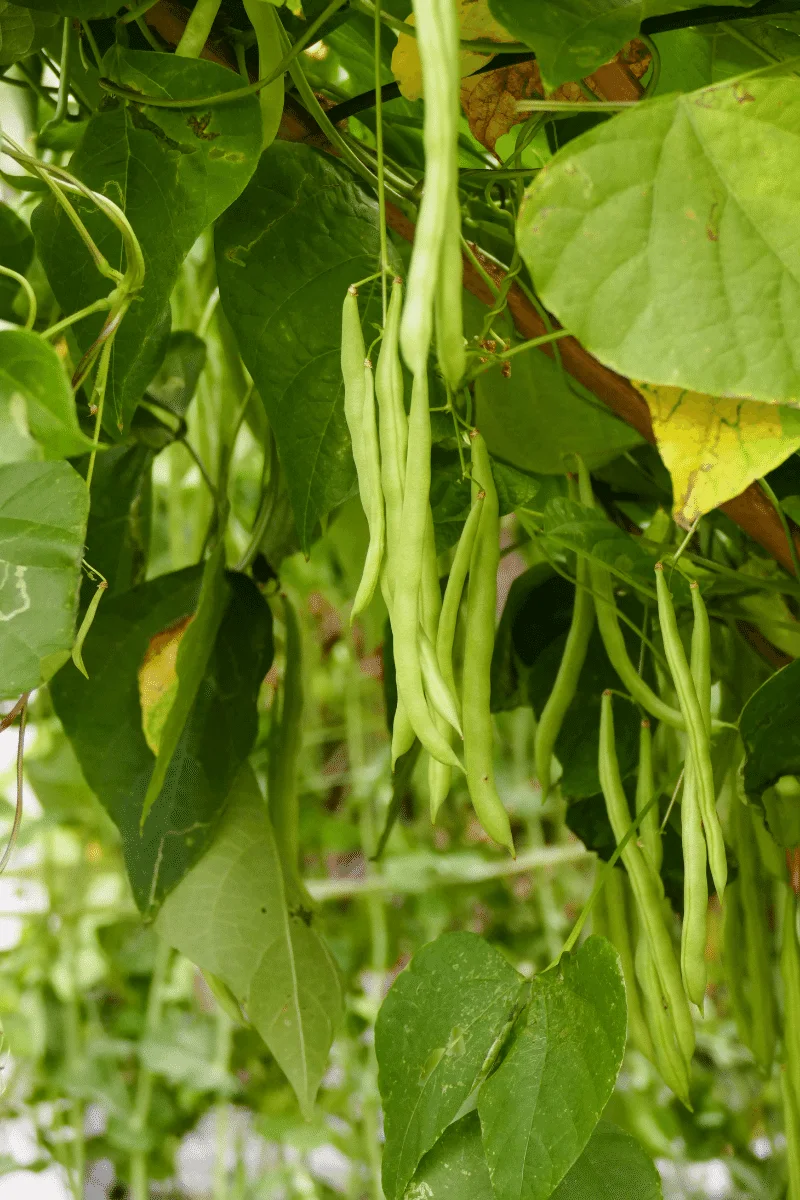
Flowers
As a general companion plant, flowers are a great crop to have around your watermelon because they attract pollinators! Watermelons themselves are not that great at attracting pollinators and their flowers are very short-lived, so having an abundance of pollinators around can only help to improve your yield and harvest.
Flowers can be planted in containers and placed near your watermelons rather than interplanted and they'll still be super effective! Native wildflowers are also an excellent choice.
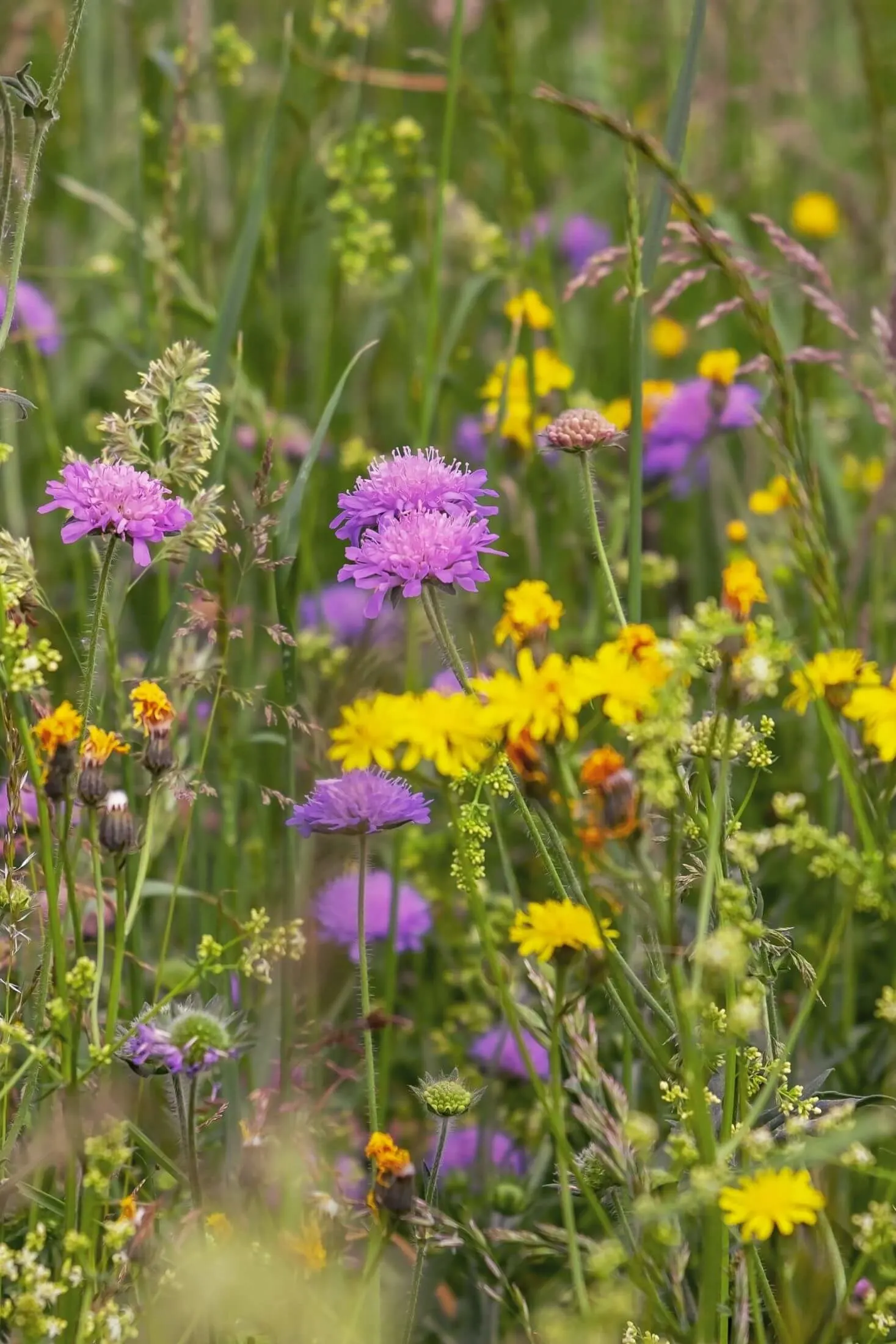
Lettuce
Lettuce, spinach, and arugula are fast-maturing cool-season crops that are great companions for watermelon plants. Lettuce can be interplanted with watermelons to help to keep the area around the watermelon plants free of weeds and also provides some shade during the hotter parts of the day.
Lettuce will be harvested and gone from the garden by the time the vining watermelon needs to take over that space!
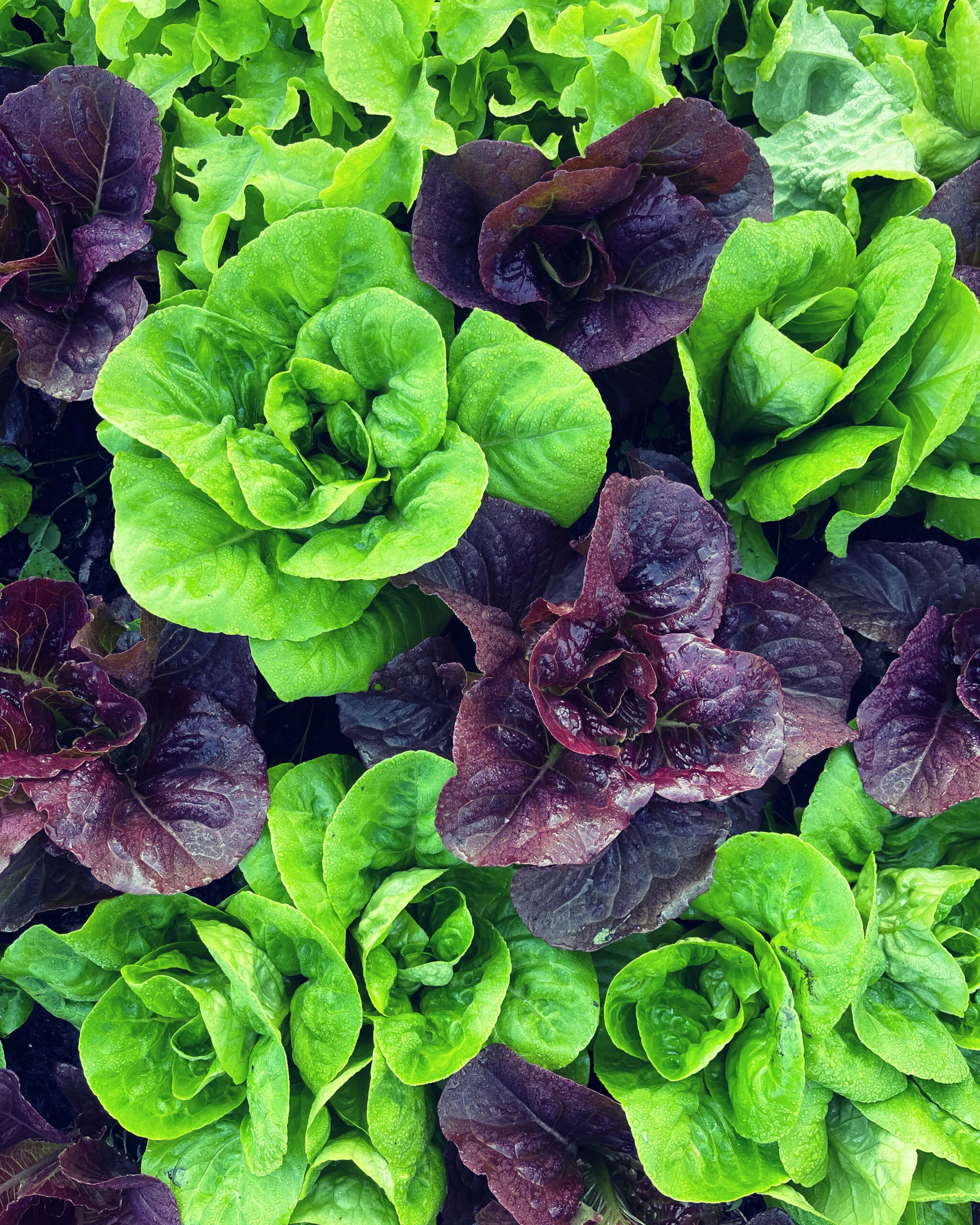
Marigolds
Marigolds are another great option for companion planting with watermelons. Their pungent aroma deters many pests, including aphids, whiteflies, and cucumber beetles.
As an added bonus, marigolds are a beautiful addition to any garden and come in a variety of colors.
Marigolds should be planted near watermelon plants, but should not be planted directly in the same bed or container, try planting these guys along the edge of the garden!

Nasturtiums
Ah, the humble nasturtium makes another appearance on a companion plant guide.
These easy-to-grow flowers are a great trap crop for aphids, as their peppery-scented leaves attract aphids away from your fruit crop. Nasturtiums come in a variety of vibrant colors that will add beauty to your watermelon garden, not to mention attract pollinators and other beneficial insects.
Plant them near but not directly with the watermelons for the best effect on your crops.
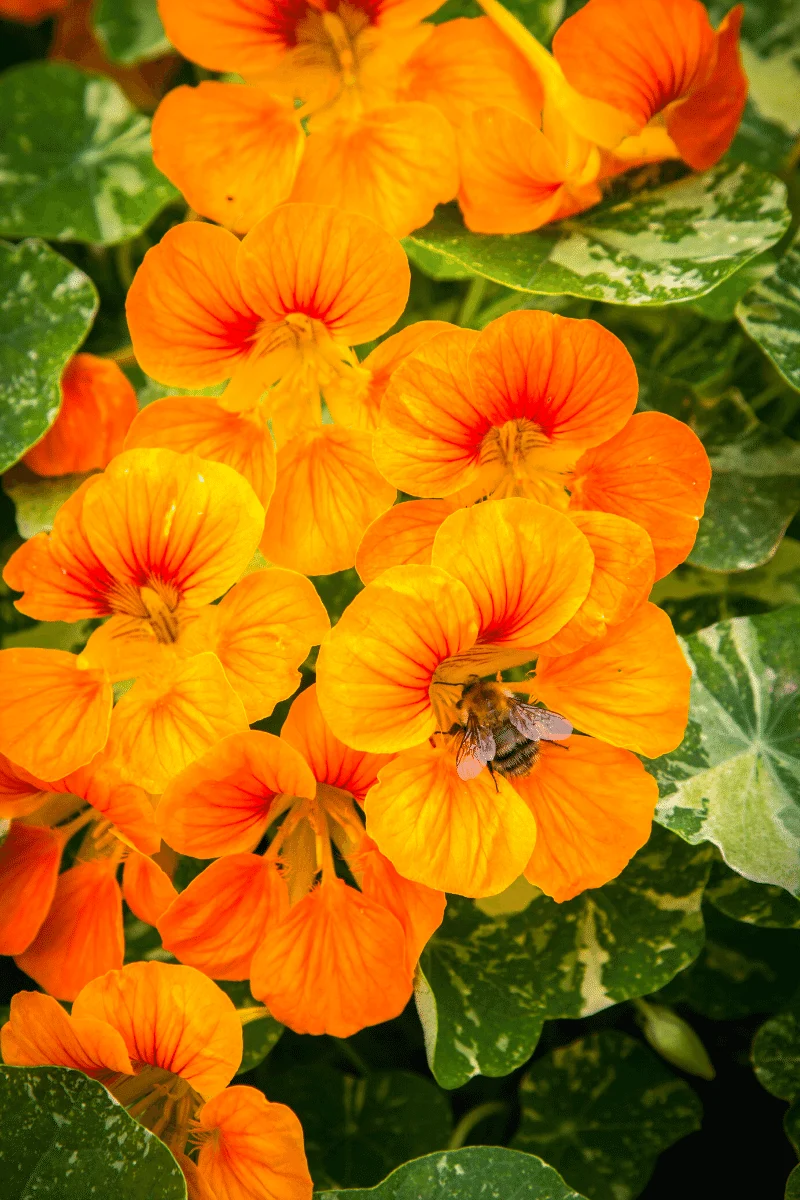
Radishes
Radishes are usually a safe companion plant bet. They are fast-growing and fast-maturing, so they are able to offer ground cover and weed suppression to your watermelons, and like lettuce, be harvested before the watermelon plants need that space.
Radishes also help watermelon plants by attracting aphids to their green leaves, which will then become an easy meal for predatory insects like ladybugs and lacewings that came to your garden to check out the tansy!

Worst Watermelon Companion Plants
Cucumbers:
Unfortunately, cucumbers are the main dinner for cucumber beetles, so planting them near any other crop that is susceptible to the same insect pests is like putting a menu board out front that says, "Free food here!"
Although there are both bush-type watermelons and bush-type cucumbers, both these plants are sunlight addicts! They will compete with each other for space and sunlight leading to stunted growth in both.
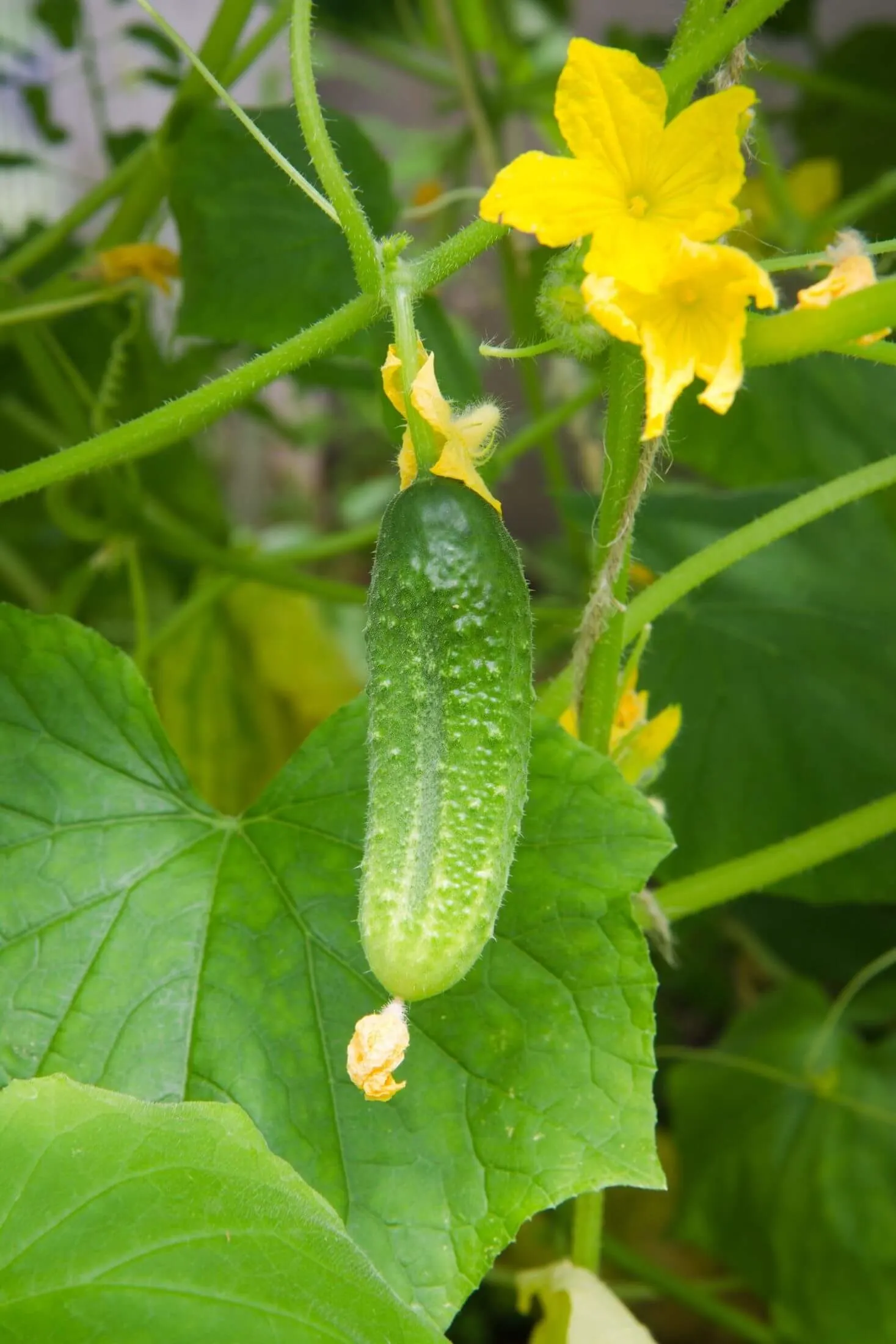
Squash + Pumpkin:
Like cucumbers and cantaloupe, squash and pumpkins are members of the Cucurbitaceae family and also major hosts for cucumber beetles and squash bugs.
In addition, watermelon and squash vines are likely to sprawl looking for unimpeded sunlight and take over your garden if you're not careful, so don't plant watermelon and squash together in the vegetable garden is definitely not a good idea!
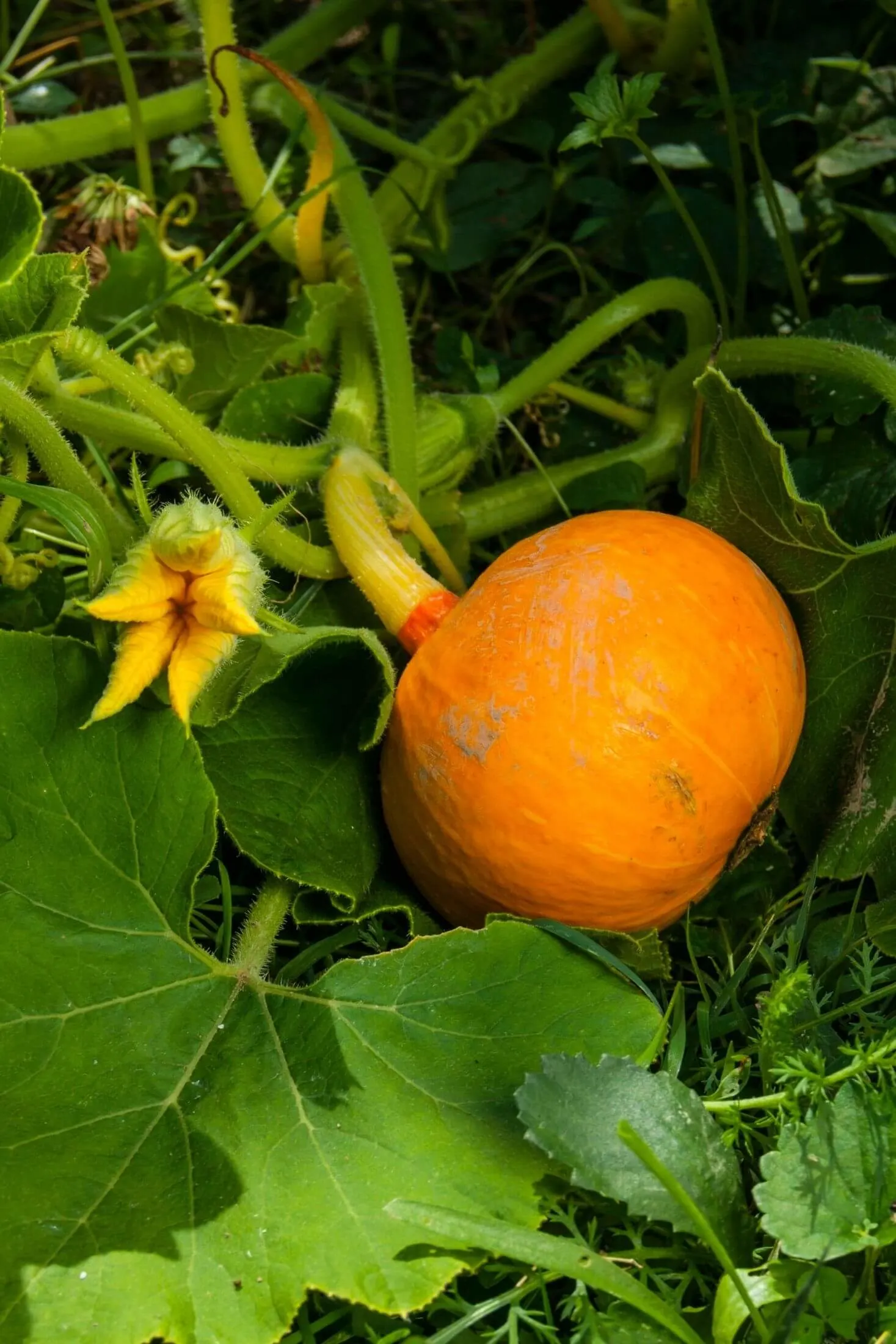
Potatoes
Another crop that should not be planted near watermelons is potatoes. Potatoes attract aphids, the infamous garden pest, and we all know what happens when aphids start to congregate...
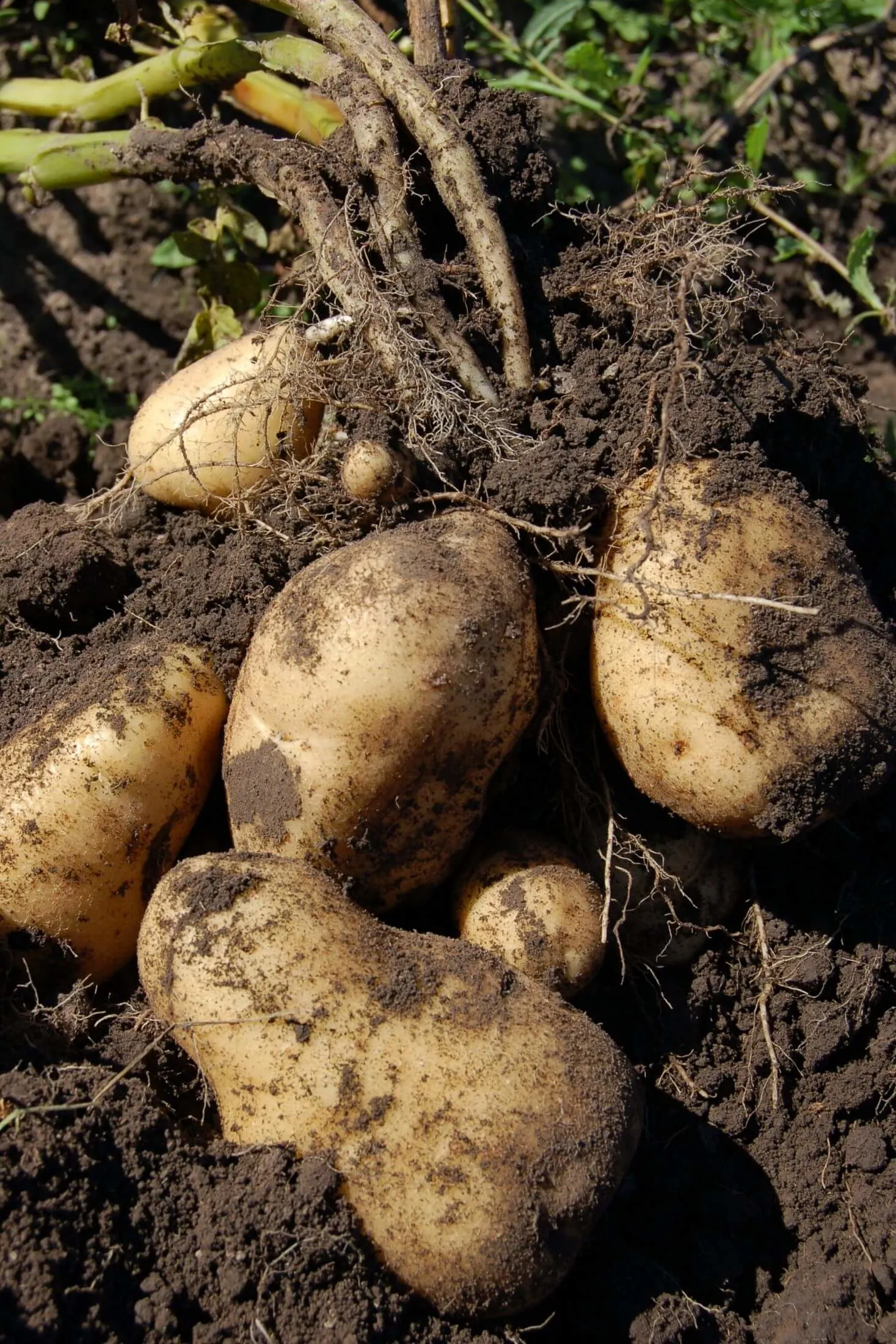
More Companion Planting Guides
Final Thoughts
Companion planting is a great way to keep your garden healthy and free of pests, while also adding some beautiful blooms. The best plants to companion with watermelons are herbs, lettuces, marigolds, nasturtiums, and radishes. Avoid planting cucumbers, squash, and potatoes near watermelons to help reduce the risk of pests. Happy Gardening!
Pin This Watermelon Companion Planting Guide!
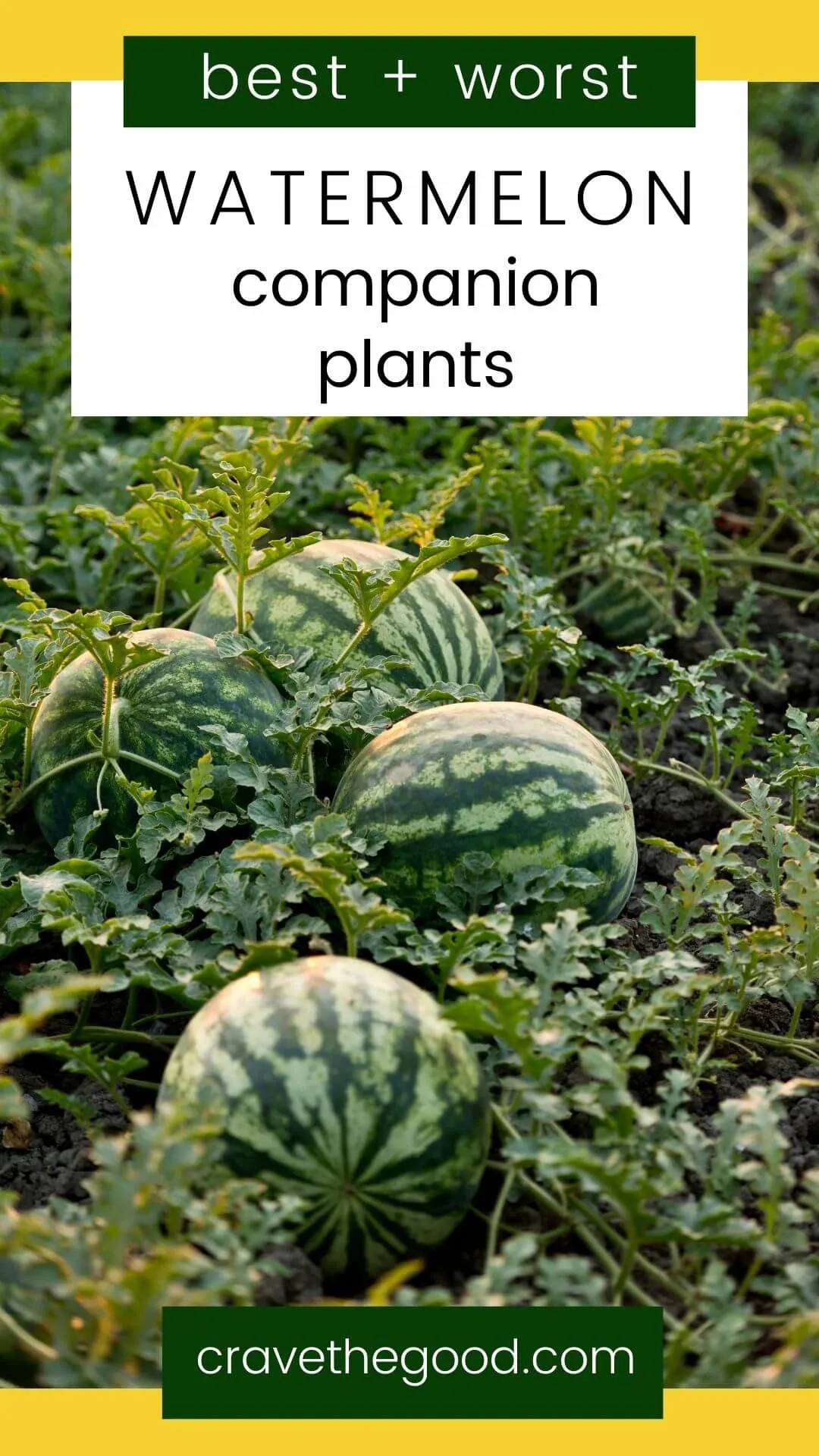
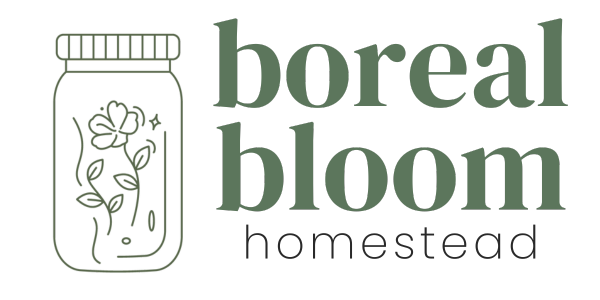

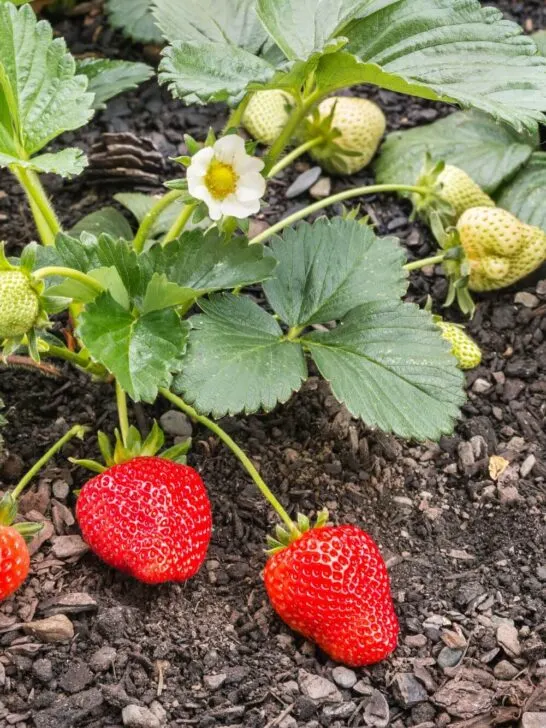
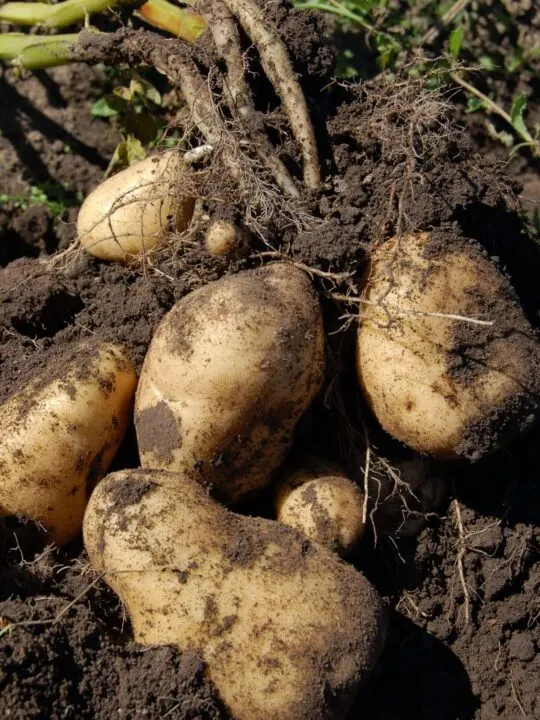
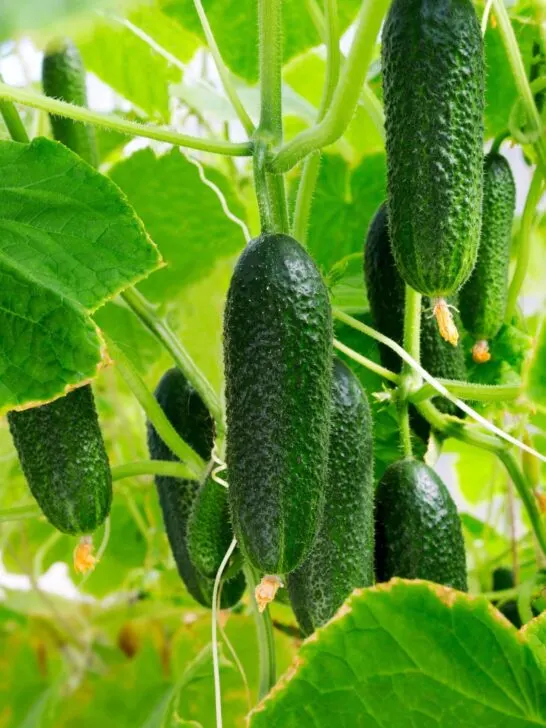
HP
Tuesday 13th of June 2023
I got some ground cedar to repel insects. Is it ok to plant them around the outside panel of my raised plant bed. I am growing watermelon on a trellis.
Ally
Tuesday 13th of June 2023
Planting the companion plants around the outside would be perfect!